By Bruce Doorly

So, what was this trial and murder? A check on the internet shows that indeed the Hall-Mills murders were sensational and fascinating with an interesting cast of characters. It was an ongoing front-page story throughout the country for the month after the murders in 1922 and again four years later in 1926 when the trial took place.

The murder scene was staged to send a message. The bodies were laid side by side with the arms extended outward resting on each other. Love letters that were written from the choir girl to the Reverend were torn and placed between the bodies.
Reverend Hall and Eleanor Mills
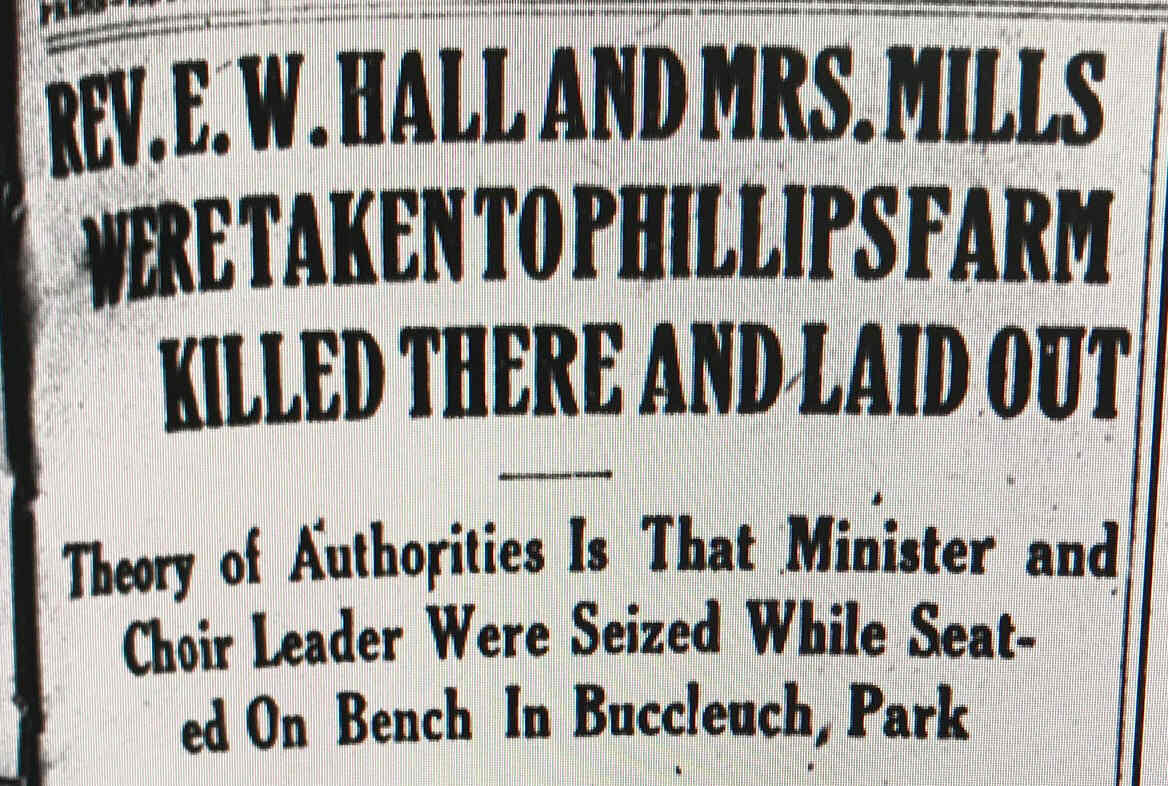
Reverend Hall was married to a wealthy socially prominent yet unattractive woman Frances Stevens Hall. She was 7 years his senior and married him when she was 37. That marriage happened when the Reverend first moved into town and was looking to establish an identity and social position. A marriage of convenience – common for the times.
As for the choir girl, Eleanor Mills, 34 at her death, she married when she was just 17 to James Mills who was described as meek and unambitious. Reverend Hall and the attractive choir girl found in each other what they did not have at home.
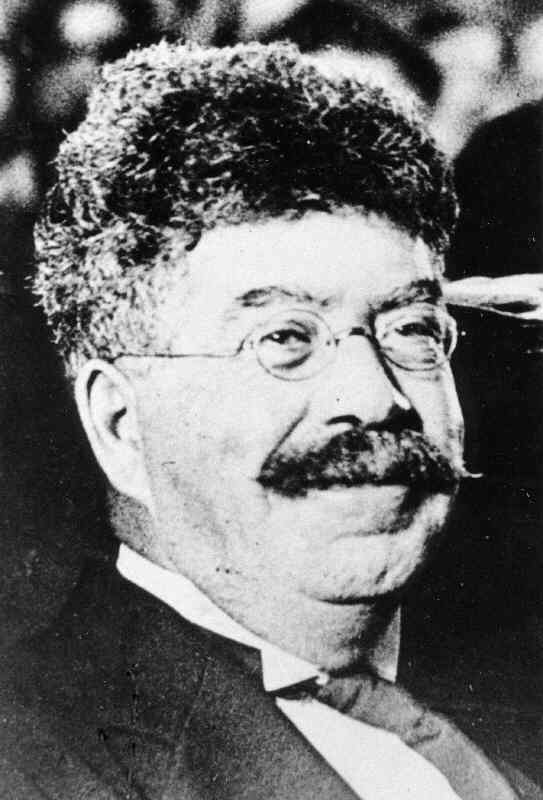 |
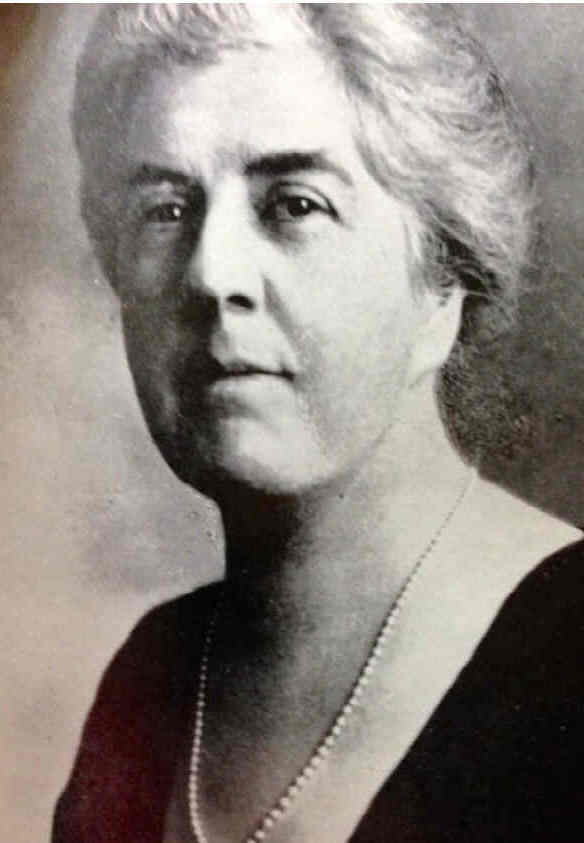 |
Frances said she and Willie were home that night at 10:15 PM - the time that many heard four shots fired in lover’s lane. But no witnesses, including her two live-in servants, could confirm that. Frances Hall initially said she and Willie were home the entire night, but changed her story after a night watchman across the street reported that he saw someone who looked like Frances go into her home at 2:30 AM that night. Suddenly she recalled that she did go out looking for her husband at 2 AM because he had not returned.
The prosecutor reasoned that they had something to do with the killings, but could not prove anything so no arrests were made. The story disappeared from the newspapers.
Willie Stevens and Frances Hall

As the Hall-Mills murder trial was set to begin the national media jumped on the story again with daily front-page coverage.
Each day of the trial saw a fully packed courtroom with both curiosity seekers and hundreds of members of the national press.
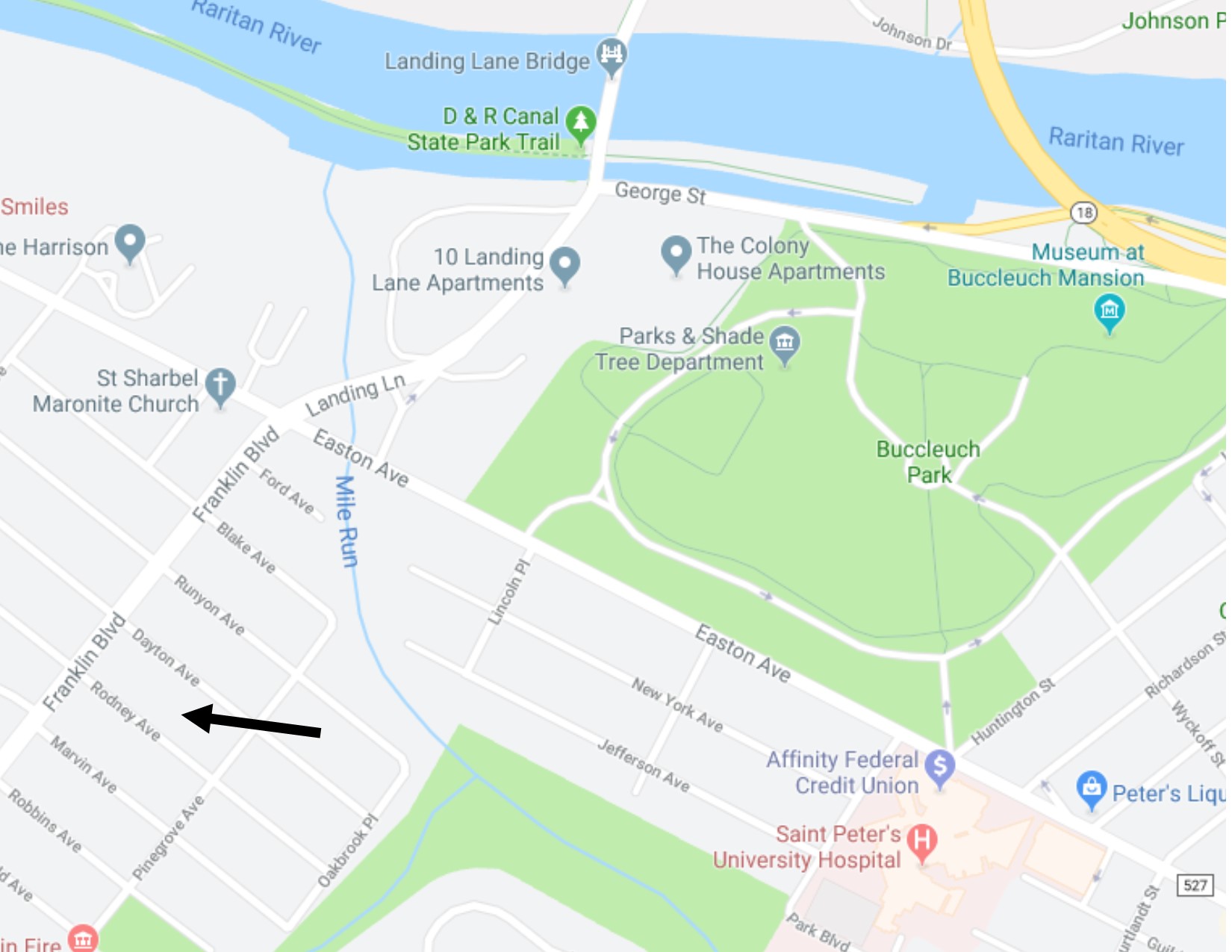
The prosecution did have someone who said she witnessed the killings. But this was a very strange woman who had only come forward a suspicious two weeks after the murders. This woman owned a farm with many pigs one mile away from the murder scene. She was described as a nut and storyteller. Those who knew her farm said it was disgusting. For the trial she would be known as “the pig woman”.
Franklin Boulevard (in 1922 it was called Debussey Lane)

To add to her bizarre tale, she said she had lost a moccasin in her hurried exit and thus two hours later headed back again on her mule to the scene. This time she said the night was well lit and she saw clearly Frances Stevens Hall alone sobbing over her husband’s dead body.
The bodies themselves were never photographed.

is where a farm once was.
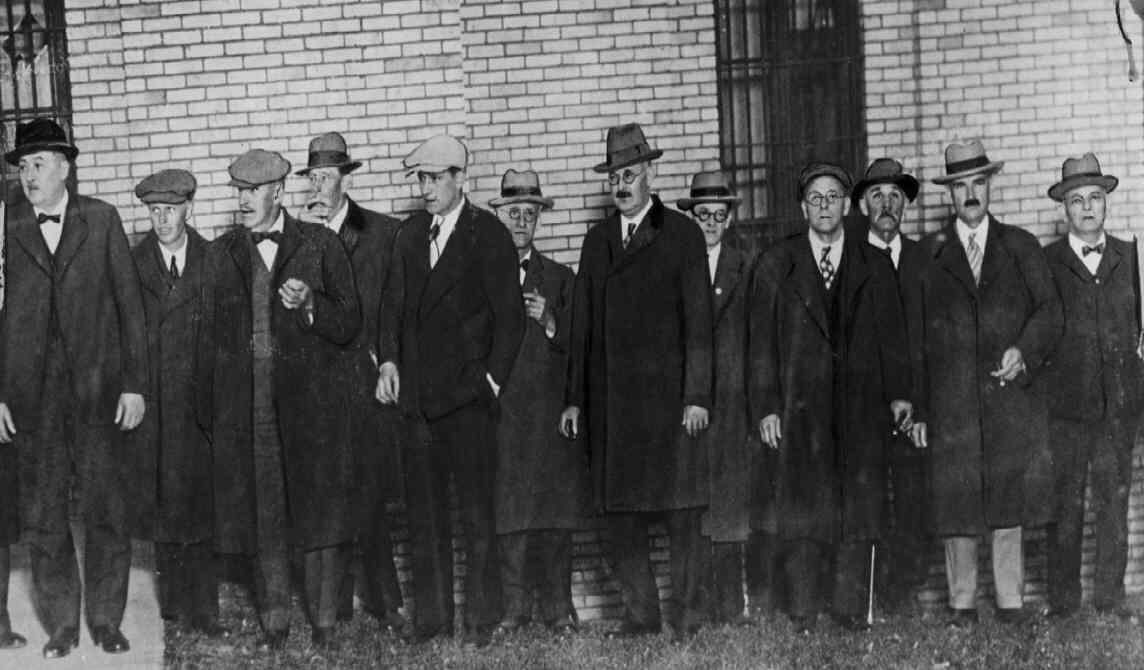
Surprisingly she picked out a man who turned out to be a cousin of Frances Stevens Hall – the suspect in the murder. Was the pig woman’s bizarre story actually true? The desperate prosecution had little evidence to put forward in their case so they would make her the star witness in the Hall-Mills murder trial.
He is 5th from left.
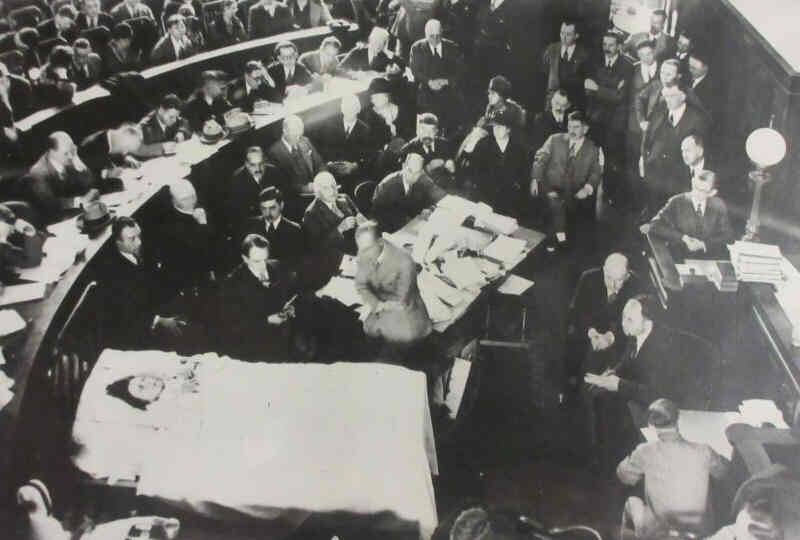
But they still needed her in the courtroom to testify so she was brought into the courtroom on a stretcher and placed in a hospital bed. From there she gave her testimony as a doctor and nurse monitored her vital signs. The photo of her in the bed in the courtroom is one of the most incredible photos in judicial history.

The crime for the murder of Reverend Hall and the choirgirl Eleanor Mills remains unsolved. Today artifacts from the case are on display in the jury room of the courthouse.
artifacts of the trial are on display